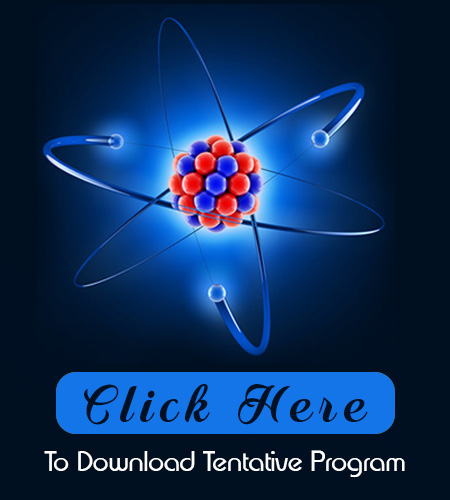
Xiaodong Li
National University of Defense Technology, China
Title: What does an atomic nucleus look like?
Biography
Biography: Xiaodong Li
Abstract
The more and more knowledge about molecular structure builds the footstone of modern chemistry. That arouses curiosity about the structure of the inner core of atoms. However, the nucleus is too small and is embedded by very thick electron “cloud” in normal state. What does a nucleus look like? Is it possible to “guess” it in a way as molecules? A new nuclear model of “ring plus extra nucleon” is proposed. The proton (P) and neutron (N) bind alternatively to form a right-angle folding ring. Based on it, extra nucleon binds in a similar way. Hereby, the shapes of some light nuclides were figured out, which are mostly not spheres, but with a generally linear relationship between the size and mass. The most excitement of this model is that, in even Z rings, the gravity centers of P and N are superimposed, while in odd Z rings, they must be eccentric. The eccentricity leads a lower EB/A. The extra nucleon(s) shift the eccentricity and the binding energy. This is exactly consistent with the normal even/odd zigzag feature found in EB/A and other properties in various cases. The model is also supported
by many basic evidence, including the nuclear stability and isotope limitation (see the attached figure), the spin similarity of “mirror” nuclides, the neutron halo of extremely neutron-rich nuclides and so on. From the nuclear structure, one may also explain the decay modes of unstable nuclide and furthermore, find some structural correlation with decayed daughter isotope. Since a huge task of computation is necessary to build the structure of large nuclide, where many “isomers” will be possible, a technique such as “nuclear mechanics”, which considers the weak interaction between all non-binding nucleons, is needed. It will be interesting that the combination of this model with quantum theory to obtain some new and more quantitative results. A correct nuclear structure may be useful to establish a more reasonable potential function in quantum computation.

